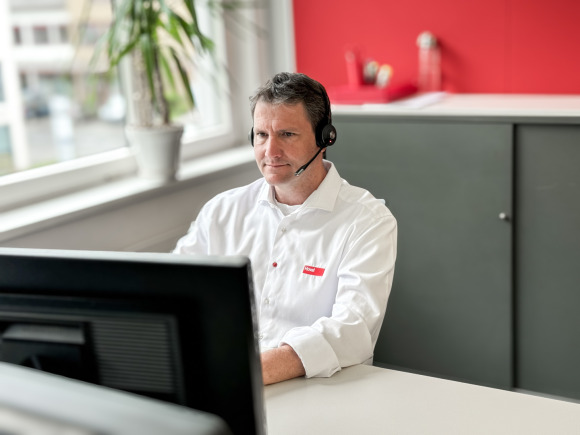Heat recovery in drying systems

Drying systems remove humidity from the items being dried (food, chemicals, plastics, wood, paper, textiles) and dry it out. To do this, fresh air is blown into the drying system and heated. This increases the saturation humidity; the air can take in humidity and transport it outside in the extract air.
Due to sensible and latent heat, the extract air is very rich in energy, which is why it is a good idea to install a heat recovery unit. This transfers energy from the extract air to the fresh air and preheats it.
Key requirements
When it is working correctly, the heat recovery unit should not transfer any humidity; it must also be tight with respect to condensate (tip 7: humidity transfer). Condensate forms during cooling in the heat exchanger and must be discharged (tip 8: condensate tightness and resistance).
Depending on the items being dried, aggressive compounds can develop during condensation, which may require special designs and materials to be used (tip 13: corrosion resistance).
Similar considerations apply to soiling – in the case of grains or sawdust, for example (tip 9: risk of soiling).
Special features
The plate heat exchangers are tested for tightness prior to delivery.
With respect to potential soiling, the heat exchangers should be easy to clean (access through inspection openings) or removable. Cleaning systems (e.g. water spray nozzles) have also proven useful.

